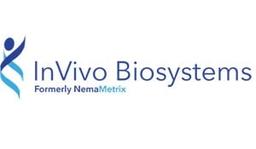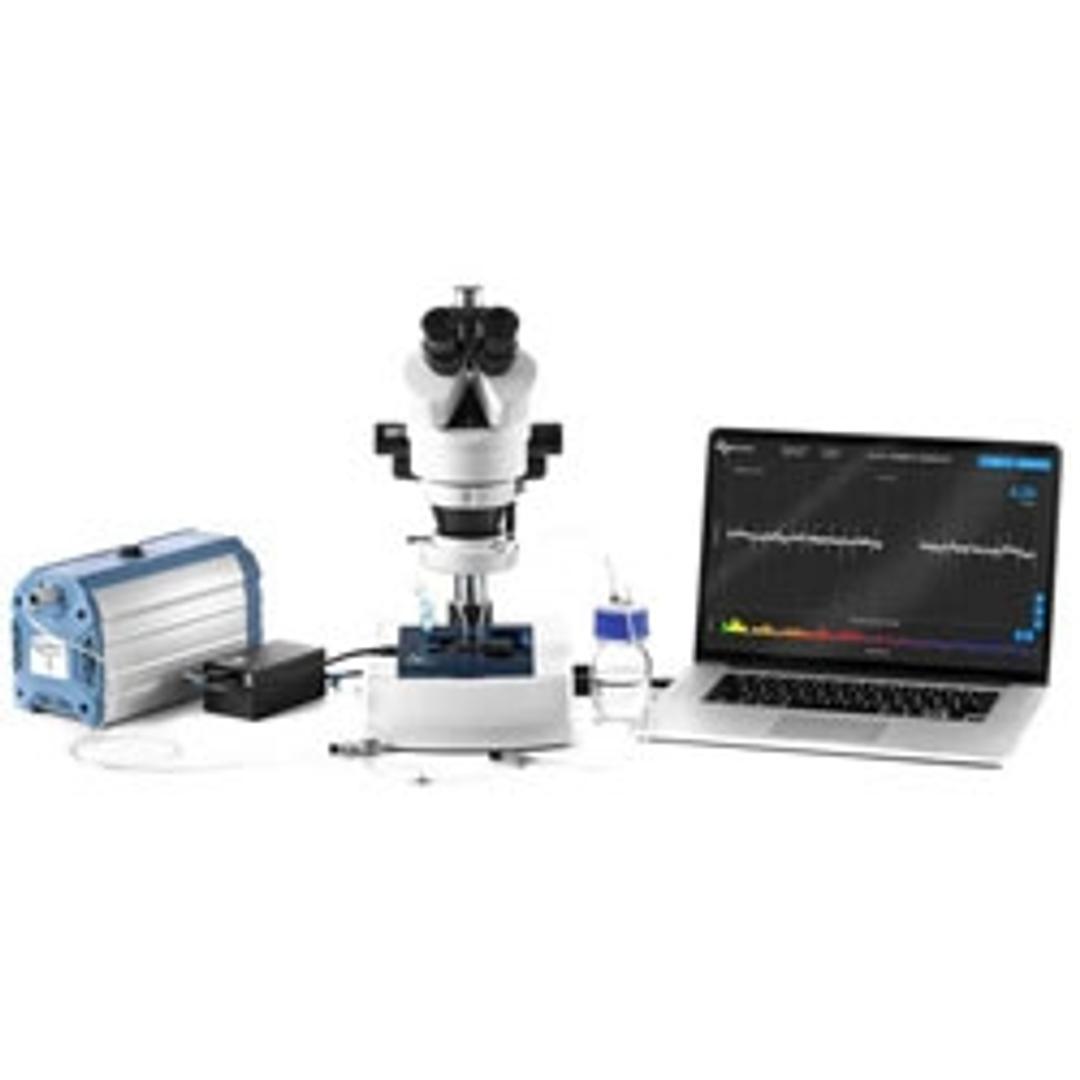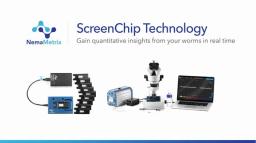NemaViewer Phenotyping System
Connect genotypes to phenotypes; answer genome-to-phenome questions

The supplier does not provide quotations for this product through SelectScience. You can search for similar products in our Product Directory.
The phenotype is the visible manifestation of a genotype, determined by both genetic make-up and environmental influences. All heritable traits, including disease susceptibility, are affected by interactions between mutations in multiple genes. However, little is understood about how genes interact to produce phenotypes.
C. elegans is an incredibly powerful experimental system due to its transparent body, short lifespan, easy genetic manipulation, exquisitely defined nervous system, and most importantly, well-understood genetics. C. elegans is the first animal that has been fully sequenced with all its sequencing info free and publicly available.
C. elegans phenotypes are directly related to the underlying genotype, and can give new information about the function of human disease genes and clinical variants. Its homologues have been identified for up to 80% of human genes. The striking genetic homologies between the C. elegans and humans make it a powerful experimental model for investigating many high-impact diseases and medical conditions such as aging, neurodegenerative disease and cardiac arrhythmia as well for understanding biological functions.
The NemaViewer Phenotyping System enables high-content analysis that allows researchers to visualize worm behaviors, measure worm morphology and collect phenotypic data. It consists of the NemaViewer Imaging System and the ScreenChip Phentotyping System.
This automatic worm screening and phenotyping platform is allowing researchers to get rapid and precise whole animal data in real time and quickly and reliably assess cellular and physiological responses to genetic, drug effects and other environmental changes.
With the ScreenChip System, researchers are able to discover new phenotypes that were often left unexplored with the traditional approach, generate and analyze large volume of data easily and quickly. Researchers can now ask and answer questions in a way that was not possible using traditional methods.
Key Features:
- Observe, record and playback movements
- Visualize and localize fluorescent probes
- Measure morphology and fluorescent protein expression
- Collect rapid and precise whole animal data
- Assess neuronal and physiological responses to drugs, genetic modifications or environmental changes





